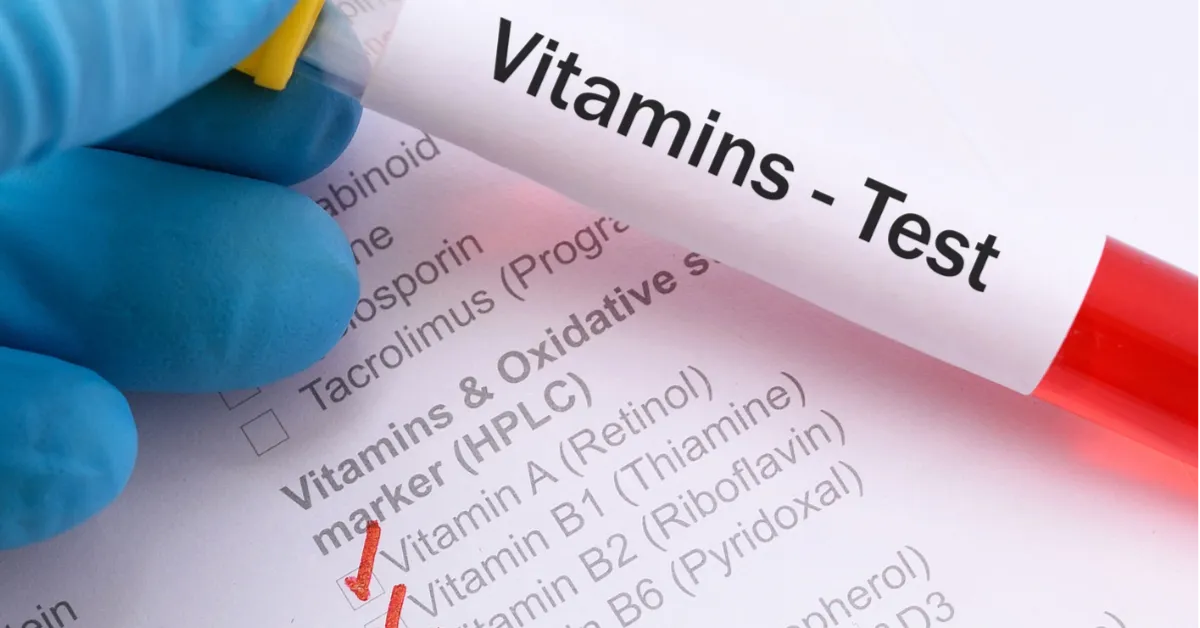AOAC 981.17 Vitamin E Assay in Edible Oils
The AOAC International Standard Method 981.17 provides a robust and precise means of determining the vitamin E content, specifically tocopherols and tocotrienols, in edible oils. This method is widely recognized for its accuracy and reliability within the food & feed testing sector. Tocopherols are potent antioxidants that play a critical role in maintaining the quality and safety of edible oil products.
The assay involves the extraction of vitamin E from the sample using solvents followed by derivatization to enhance detection sensitivity. The resulting solution is then analyzed via high-performance liquid chromatography (HPLC) equipped with a fluorescence detector, which provides highly accurate quantification. This method not only ensures compliance with international standards such as ISO and AOAC but also supports quality assurance programs in the food industry.
The significance of this test extends beyond ensuring product quality; it directly impacts consumer health by verifying the integrity of vitamin E levels in dietary sources. Edible oils rich in vitamin E are essential for maintaining cardiovascular health, reducing inflammation, and supporting immune function. Inaccurate or incomplete testing can lead to misleading claims on labels, affecting consumer trust.
In addition to its role in quality control, this method is crucial for regulatory compliance with international standards like ISO 21968:2015 and AOAC International Method 981.17-2020. Compliance ensures that products meet safety and efficacy requirements set by health authorities.
The precision of the AOAC 981.17 method allows for consistent results across different batches of oil, providing confidence in product consistency. This is particularly important in industries where batch-to-batch variability can significantly impact quality control processes.
Understanding how vitamin E content affects nutritional labeling and consumer perception is essential for food manufacturers. Accurate testing ensures that products are accurately labeled, thereby fostering trust between the manufacturer and consumers. Misleading or inaccurate labels can result in legal repercussions and damage to brand reputation.
The AOAC 981.17 method also supports research and development efforts by providing reliable data on vitamin E content. This information is vital for developing new formulations that meet both consumer demand and regulatory requirements.
By adhering to this standard, laboratories contribute to the overall safety and efficacy of food products, ensuring they remain safe and effective for consumption.
Why It Matters
The importance of accurate vitamin E testing cannot be overstated in the context of edible oil quality assurance. Vitamin E is a critical nutrient that contributes to the overall health benefits associated with consuming these oils. Ensuring adequate levels of vitamin E helps maintain product integrity and supports compliance with international standards.
Compliance with ISO 21968:2015 ensures that manufacturers adhere to stringent quality control measures, which is crucial for maintaining a consistent product line. This consistency not only enhances the reputation of the manufacturer but also improves consumer trust in the brand.
The AOAC International Method 981.17-2020 provides a standardized approach to vitamin E testing that aligns with global regulatory frameworks, ensuring products are safe and effective for consumers worldwide. This alignment is particularly important as international trade increases, allowing companies to confidently market their products across borders.
The precision of this method ensures accurate representation on nutritional labels, which directly impacts consumer decision-making processes. When consumers trust the information provided by manufacturers, they are more likely to purchase products that meet their dietary needs and preferences.
From a broader perspective, adherence to international standards promotes fair competition among food producers. It levels the playing field by ensuring all participants follow the same rigorous testing protocols, thereby fostering a culture of transparency and integrity within the industry.
Why Choose This Test
- Absolute accuracy in vitamin E content measurement
- Compliance with ISO 21968:2015 and AOAC International Method 981.17-2020
- Supports quality assurance programs within the food & feed testing sector
- Precision in batch-to-batch consistency verification
- Enhances consumer trust through accurate nutritional labeling
- Fosters fair competition among industry players by adhering to global standards
- Facilitates research and development efforts for new formulations





